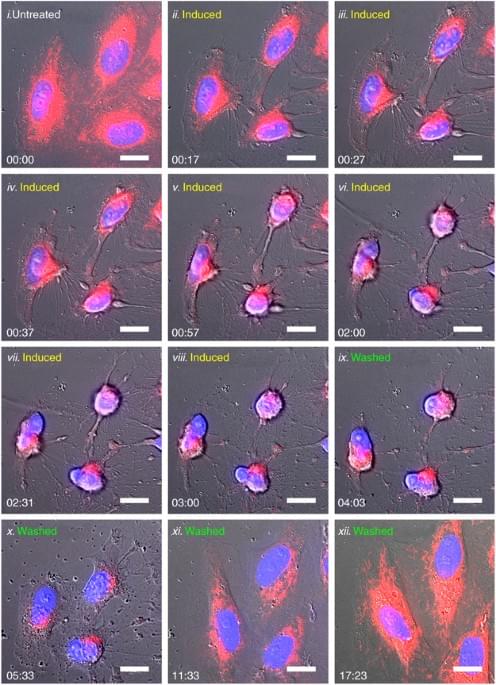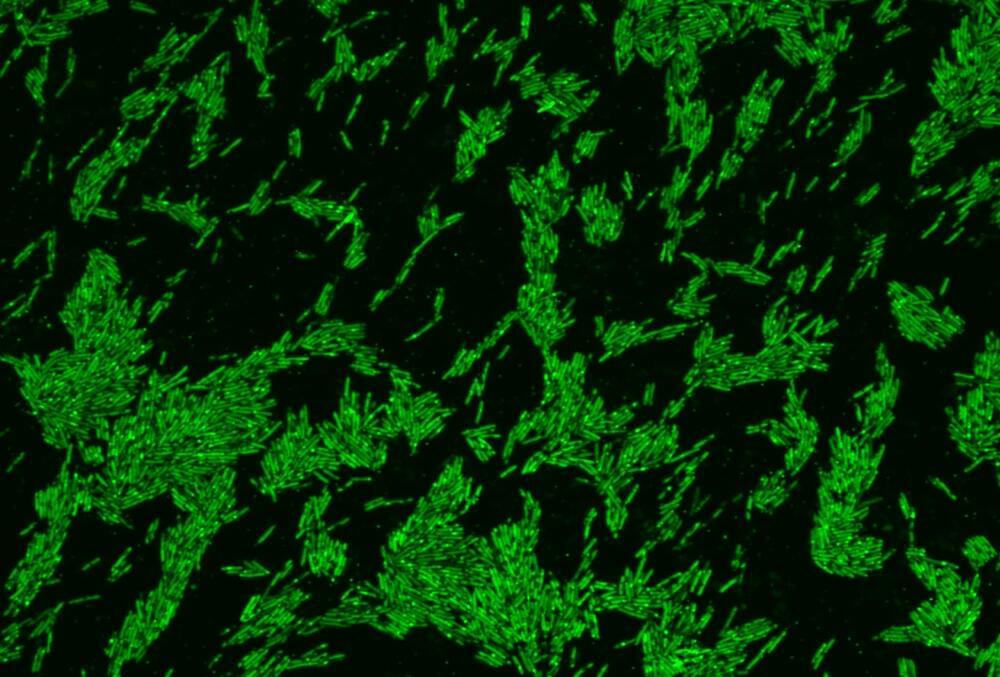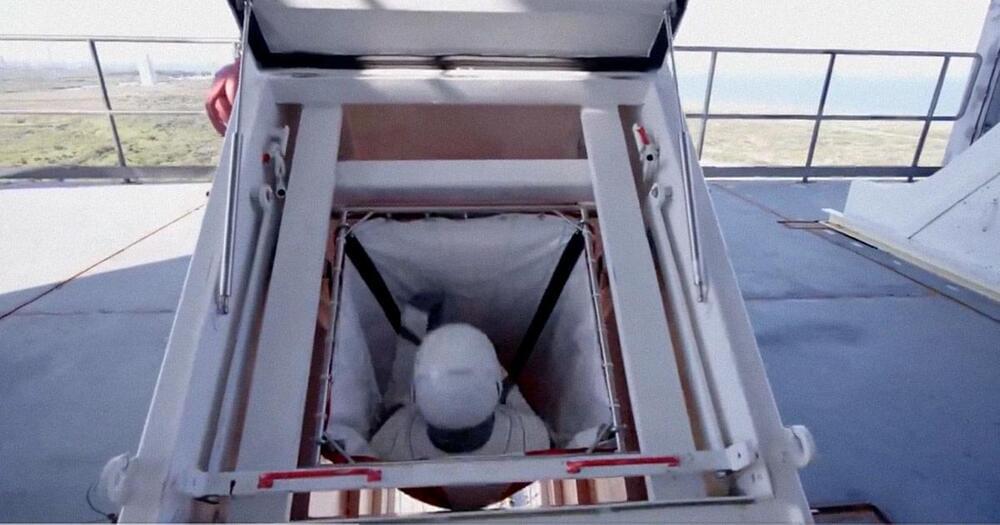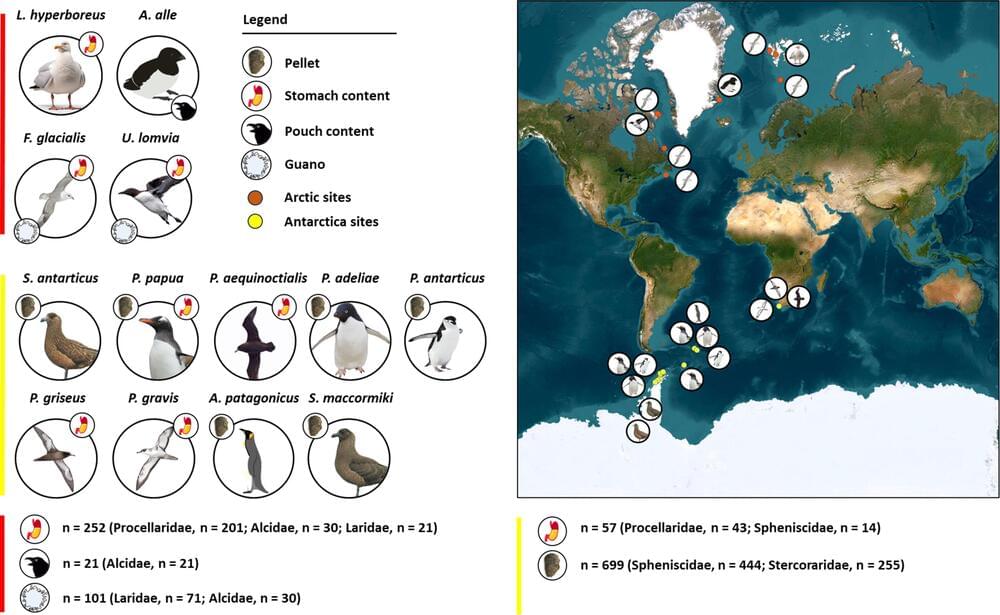Year 2008 I think that this reversing of the death processes in cancer could be genetically engineered in humans to essentially reverse death on the whole human body.
British Journal of Cancer volume 100, pages 118–122 (2009) Cite this article.

Year 2008 I think that this reversing of the death processes in cancer could be genetically engineered in humans to essentially reverse death on the whole human body.
British Journal of Cancer volume 100, pages 118–122 (2009) Cite this article.


NASA is embarking on an ambitious plan to return humans to the Moon and establish a sustained presence on the lunar surface. The Artemis program, named after the twin sister of Apollo in Greek mythology, aims to land the first woman and the next man on the Moon by 2026. This mission will mark the beginning of a new era of lunar exploration, paving the way for long-term scientific research, resource utilization, and technological advancements that will ultimately enable human missions to Mars and beyond.
The Artemis program is not just about returning to the Moon; it is about staying there. NASA envisions a future where humans live and work on the lunar surface for extended periods, conducting scientific experiments, extracting resources, and testing technologies that will be critical for deep space exploration. The establishment of a sustained lunar presence will require the development of robust infrastructure, including habitats, power systems, and communication networks.
One of the key elements of NASA’s plan is the Artemis Base Camp, a permanent outpost near the Moon’s South Pole. This location was chosen because it offers access to water ice in permanently shadowed craters, which can be used for life support and rocket propellant production. The base camp will consist of a foundation surface habitat for short-term crew stays, a habitable mobility platform for long-duration missions, and a lunar terrain vehicle for transportation.

By Jade Boyd, Rice University
Rice University physicists have discovered a phase-changing quantum material—and a method for finding more like it—that could potentially be used to create flash-like memory capable of storing quantum bits of information, or qubits, even when a quantum computer is powered down.

While researchers have encountered major headwinds in turning the Hyperloop into a reality, the European Hyperloop Center is still hoping to open the first functional tube by the end of the decade.
The nonprofit foundation has opened a new quarter-mile test tube made out of white steel segments, running alongside a railroad track in the northern Netherlands. It even includes a lane switch that splits the tube into two, an early experiment that could eventually inspire a way to connect a network of tubes.
The concept, as dreamed up by Tesla CEO Elon Musk over a decade ago, involves ferrying passengers and cargo through low-pressure tubes at roughly twice the speed of high speed rail, greatly cutting down the time to travel between cities.

SpaceX has tested the emergency chutes that could save astronauts’ lives during a launch at the Kennedy Space Center in Florida.
A new video shared by the company on X-formerly-Twitter shows a person dressed in a black and white SpaceX spacesuit zipping down from the tower’s crew pad inside a tube of red and white fabric, an equally exhilarating and terrifying ordeal — especially considering the threat of an exploding rocket right behind you.
“Even though it’s meant to be used for emergencies, it looks like a lot of fun!” SpaceX CEO Elon Musk commented in a tweet.

A professor has developed a groundbreaking theory that provides a universal method for predicting melting points, addressing a century-old challenge in physics and offering significant benefits to materials science.
A longstanding problem in physics has finally been cracked by Professor Kostya Trachenko of Queen Mary University of London’s School of Physical and Chemical Sciences. His research, published in the Physical Review E, unveils a general theory for predicting melting points, a fundamental property whose understanding has baffled scientists for over a century.
Understanding States of Matter.
MAWI United, a studio specializing in creating lifelike 3D environments, has once again pushed photorealism to the next level by presenting Dead Spruce Forest Tree Biome, a new procedural environment asset pack that lets you create AAA-quality forests in Unreal Engine 5.
Featuring over 200 photogrammetry-made plant, debris, and tree assets, as well as full Nanite support, the pack has everything you need to build next-level environments for your games and projects. As usual, MAWI’s latest creation comes with tools for procedural forest generation and interactive foliage and an advanced ground material with five different surface types (forest, meadow, wetland, stones, dirt) that automatically generates all the small ground cover and foliage.

NASA is debating whether to work with commercial partners to get to Mars.
And while SpaceX is the “elephant in the room,” as Ars Technica put it, NASA is keeping its options wide open.
It’s a notable change, as the first time the space agency has openly raised the possibility of working with private space companies to reach Mars.

Anthropogenic plastic pollution is often experienced through evocative images of marine animals caught in floating debris, yet its reach is far more expansive. The polar regions of the Arctic and Antarctica are increasingly experiencing the impacts of plastic reaching floating ice and land, not solely as larger macroplastics (>5 cm), but as microplastics (0.1 µm—5 mm) and nanoplastics (<0.1 µm) that may be carried vast distances from their source or be ingested in more populated areas during seasonal migration.